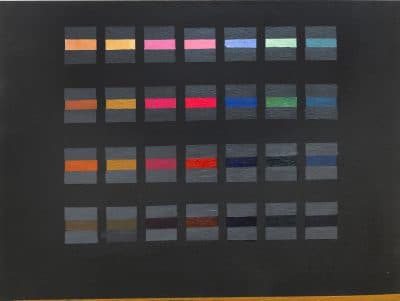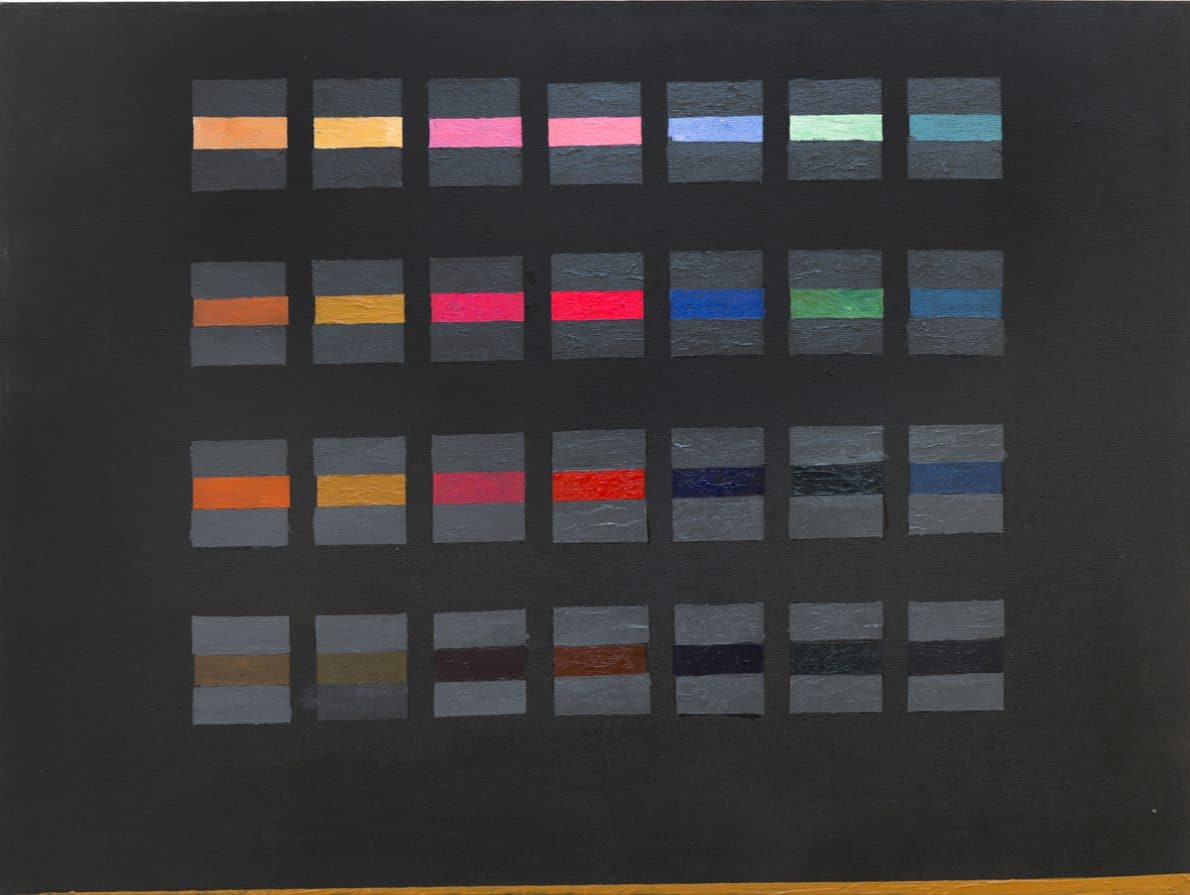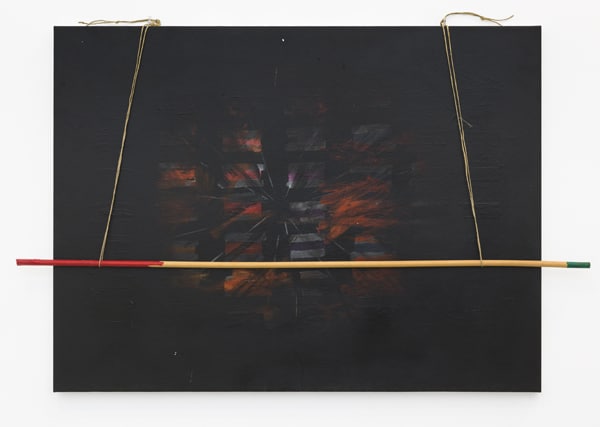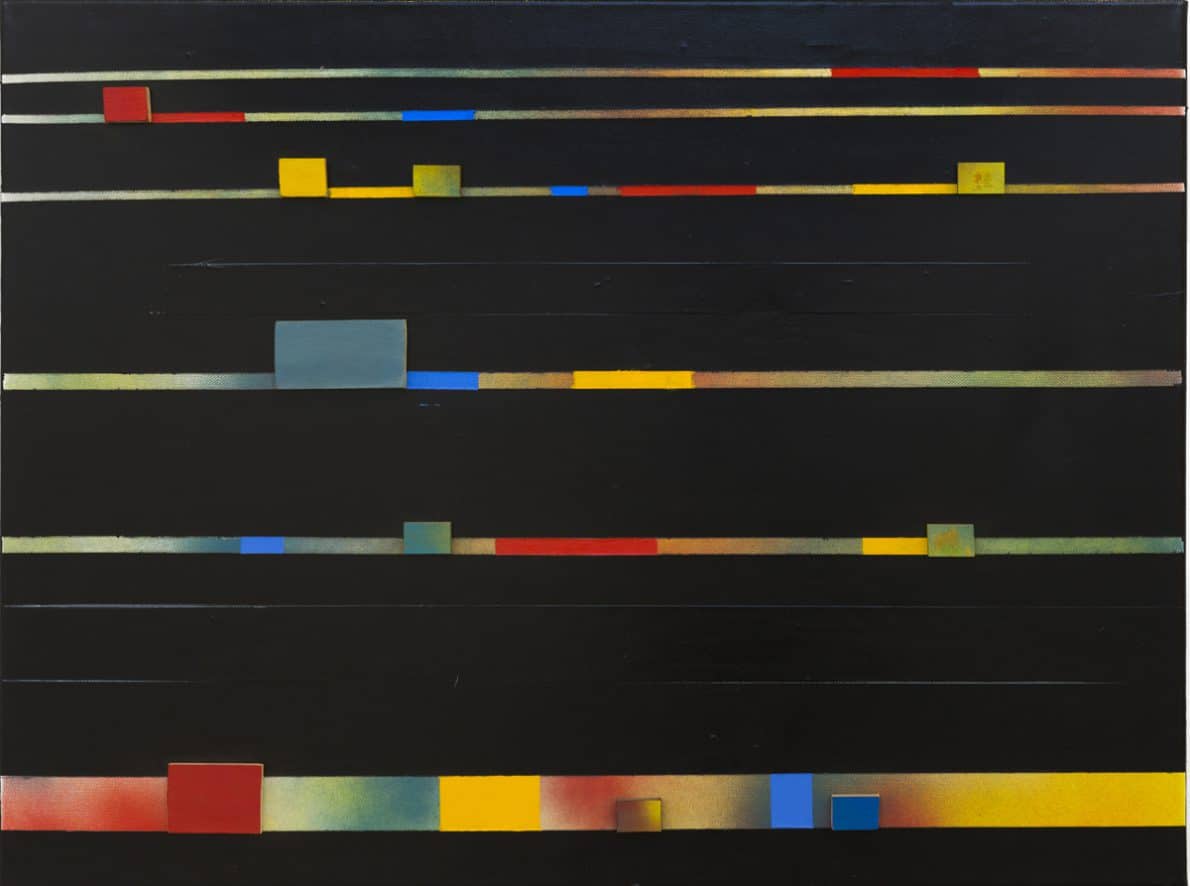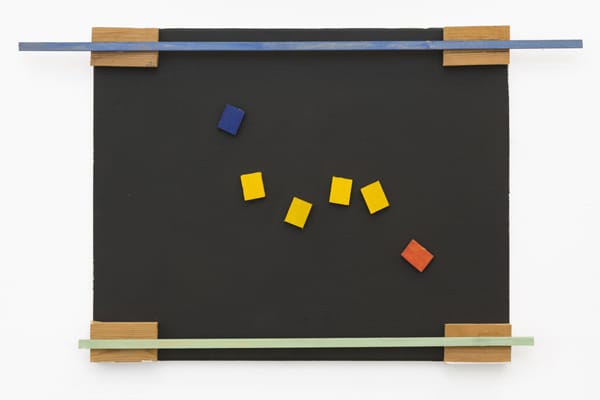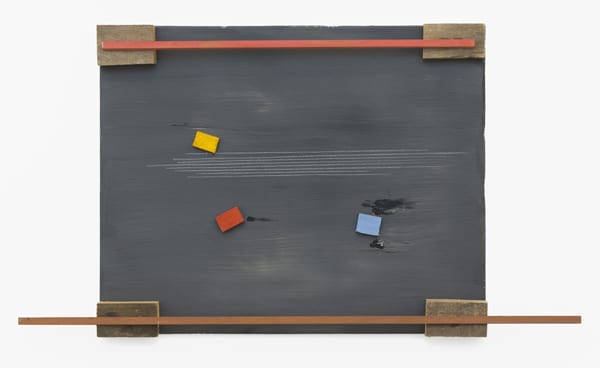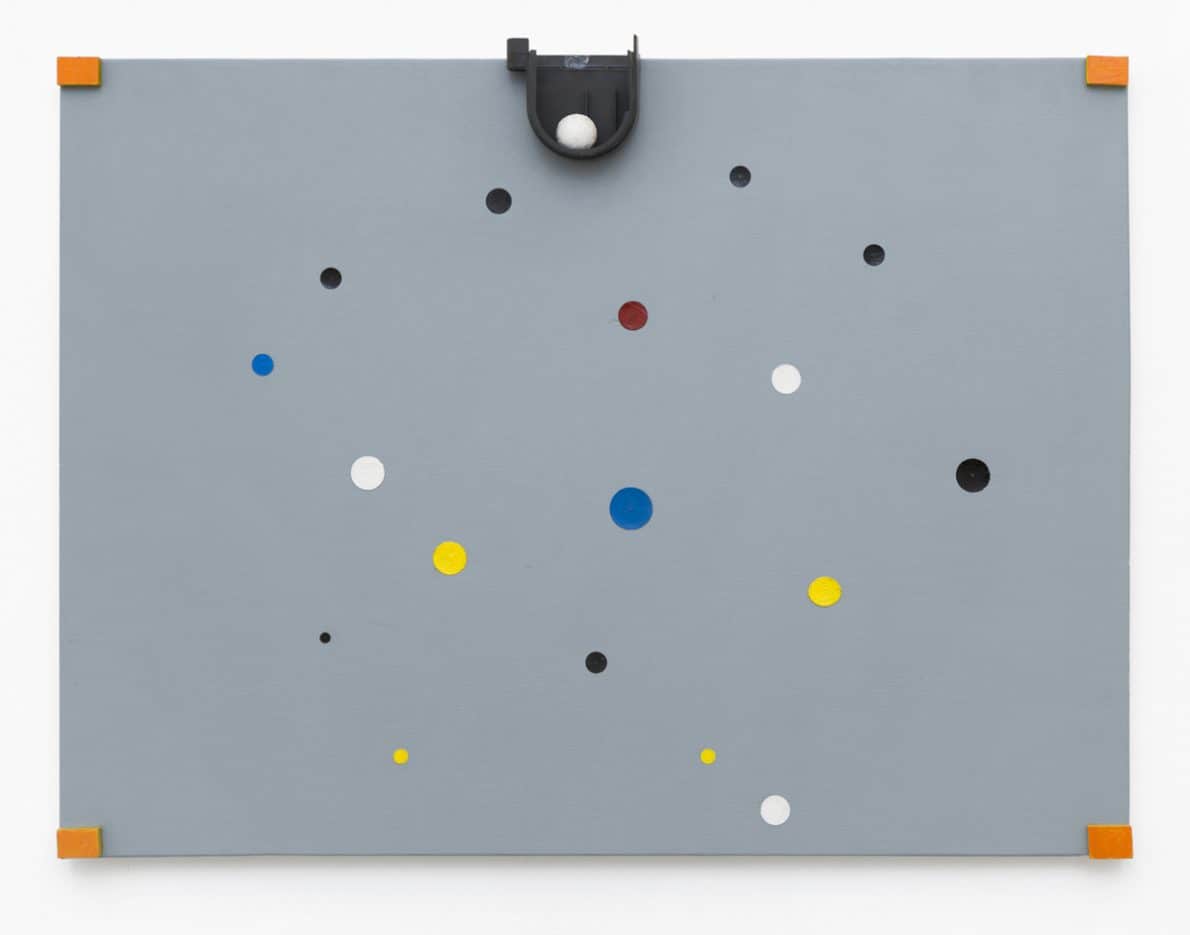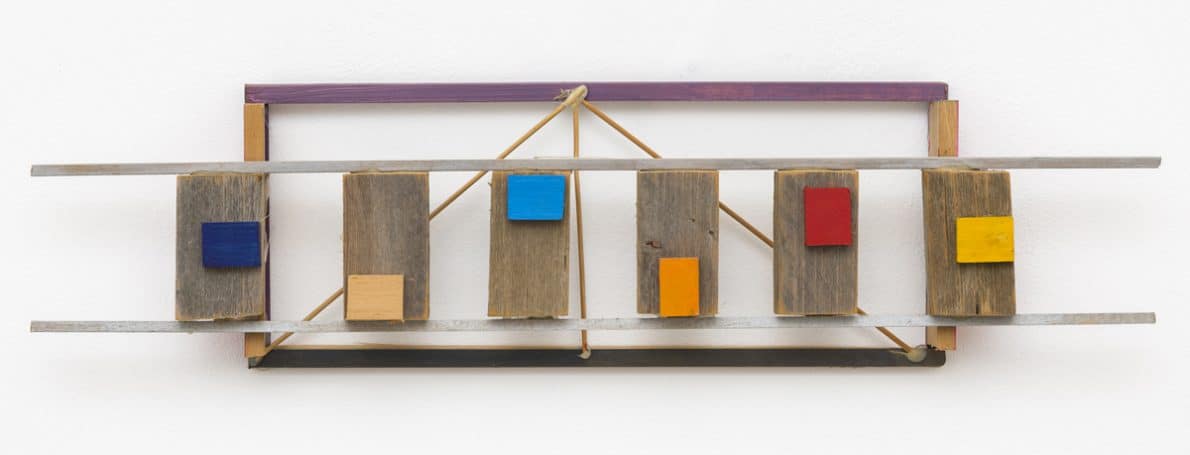The Negev Museum of Art joins other museums and galleries, in Israel and world-wide, presenting exhibitions honouring the 80th birthday of Buenos Aires-born Osvaldo Romberg, the Israeli-international artist.
Romberg came to Israel in the late 1950s and served in the IDF. After returning to Argentina, he immigrated to Israel in 1973. He became a lecturer in the Art Department at Bezalel Academy, later heading the department. Romberg had solo exhibitions at museums in Israel, Europe, and the USA. He represented Israel at the Venice Biennale. In the 1980s he taught and exhibited in the USA, and in 1994-2012 was a professor at the Pennsylvania Academy of Fine Arts. Romberg is also active as a curator and writes about art and artists. Currently he divides his time between Philadelphia, Tel Aviv, and Brazil. As the founding curator of the Trumpeldor Gallery (then named ‘The Well’) established by Ben-Gurion University, Romberg has strong ties with Be’er Sheva.
Romberg’s art is characterised by an exploration of the values of Western art, particularly the analysis of the form and colours of masterworks. In the 1970s, his primary focus was the analysis of colours, from cave art until the nineteenth century. Since the 1980s, he has used drawings, painted wall-reliefs, and large-scale architectural installations to investigate the footprint of significant buildings. His more recent works, some of which are shown for the first time in this exhibition, return to the question of the colour and tone system through a ‘dialogue’ with radical abstract art of the first quarter of the twentieth century which reduced painting to basic forms – the square and the grid, and the primary colours – black, white, red, yellow, and blue.
When observing Romberg’s works, it is important to immediately clarify what is not found in them; “I’m not an artist who’s involved in self-expression”, he remarks. Neither does he engage with social or political issues, but rather a kind of idea, concept, a formal expression that goes beyond functionality, like playing musical scales. His works also contain quite a few occurrences and changing relationships between forms and directions, between figure and ground, between unit and group, positioning then breaking up the grid. Above all, they reveal a clash between – or perhaps reconciliation with – two substantive principles typifying the history of art: depth and flatness; the illusory, and the concrete. In classical art which developed in Europe since the Renaissance, depth was created by illusory means, like perspective, while modern art at its highest, utopian point sought absolute flatness to cancel the dimension of illusion, preferring the actualness of the surface as a means of distancing art from any hint of mimesis.
Romberg is naturally aware of the limitations of vision and visual perception, which inevitably interpret dark colours as ‘deeper’, or deceive the eye’s capacity to distinguish between colours when placed against different backdrops. He therefore introduces additional illusive games: some of the painted dots are in fact glued to the canvas; he diverges from the given framework of the painted space by adding wooden blocks and rods; and builds depth not from the surface ‘inwards’, but outwards onto the space, by relief. The found objects that he adds – suspended in equilibrium on the picture’s surface – also link the works to another modernist tradition, the objet trouvé and the ready-made with which artists aspired to connect to the real world, emphasizing the intellectual process inherent in the act of making art.
Curator: Dr. Dalia Manor
Assistant Curator: Nirit Dahan
Osvaldo Romberg: Chromatic Circle
16X16 cm
Softcover
8 pages
Editor: Dalia Manor
Design and Production: Studio Rave-Peleg
Be'er Sheva municipality
Kivunim
Ministry of Culture and Sport

